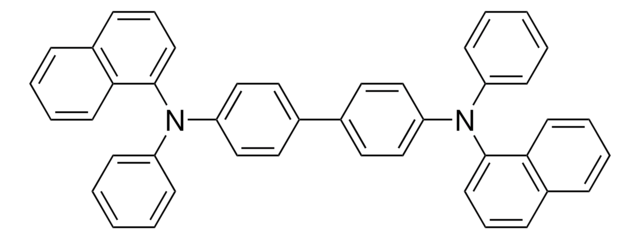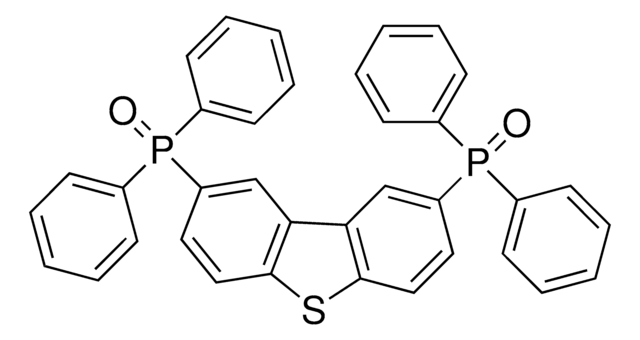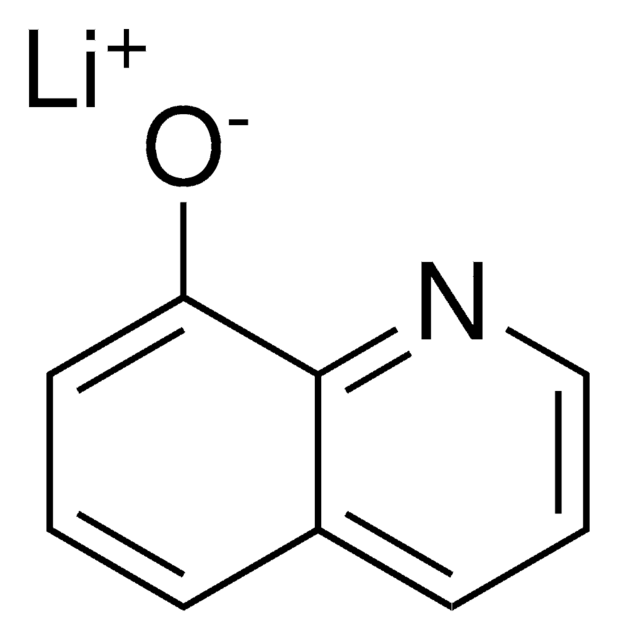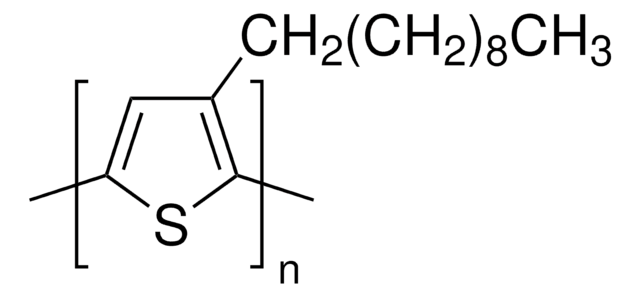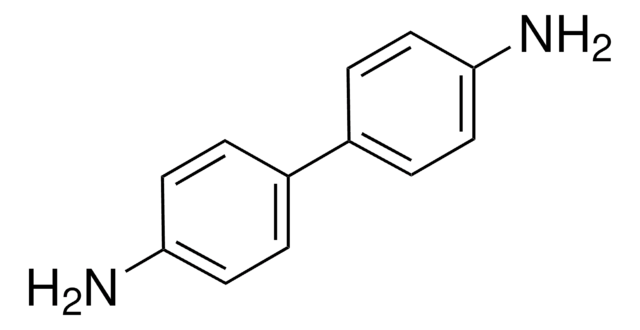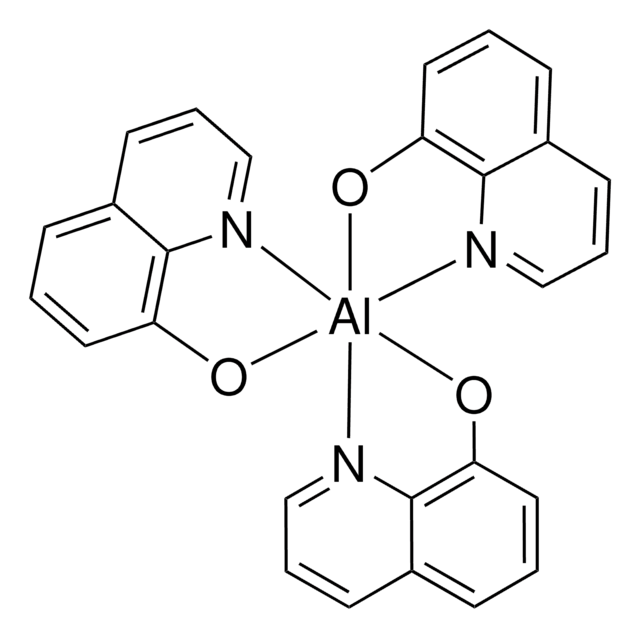765015
2,2′-Dimethyl-N,N′-di-[(1-naphthyl)-N,N′-diphenyl]-1,1′-biphenyl-4,4′-diamine
97% (HPLC)
Synonym(s):
α-NPD, N,N′-Bis(naphthalen-1-yl)-N,N′-bis(phenyl)-2,2′-dimethylbenzidine
About This Item
Recommended Products
assay
97% (HPLC)
form
solid
mp
247-252 °C
λmax
306 nm in THF
SMILES string
Cc1cc(ccc1-c2ccc(cc2C)N(c3ccccc3)c4cccc5ccccc45)N(c6ccccc6)c7cccc8ccccc78
InChI
1S/C46H36N2/c1-33-31-39(47(37-19-5-3-6-20-37)45-25-13-17-35-15-9-11-23-43(35)45)27-29-41(33)42-30-28-40(32-34(42)2)48(38-21-7-4-8-22-38)46-26-14-18-36-16-10-12-24-44(36)46/h3-32H,1-2H3
InChI key
ZJFKMIYGRJGWIB-UHFFFAOYSA-N
Looking for similar products? Visit Product Comparison Guide
General description
Application
Storage Class
11 - Combustible Solids
wgk_germany
WGK 3
flash_point_f
Not applicable
flash_point_c
Not applicable
Choose from one of the most recent versions:
Certificates of Analysis (COA)
Don't see the Right Version?
If you require a particular version, you can look up a specific certificate by the Lot or Batch number.
Already Own This Product?
Find documentation for the products that you have recently purchased in the Document Library.
Articles
The conductivity of organic semiconductors can be increased, and the barriers to charge-carrier injection from other materials can be reduced, by the use of highly reducing or oxidizing species to n- or p-dope, respectively, the semiconductor.
Our team of scientists has experience in all areas of research including Life Science, Material Science, Chemical Synthesis, Chromatography, Analytical and many others.
Contact Technical Service